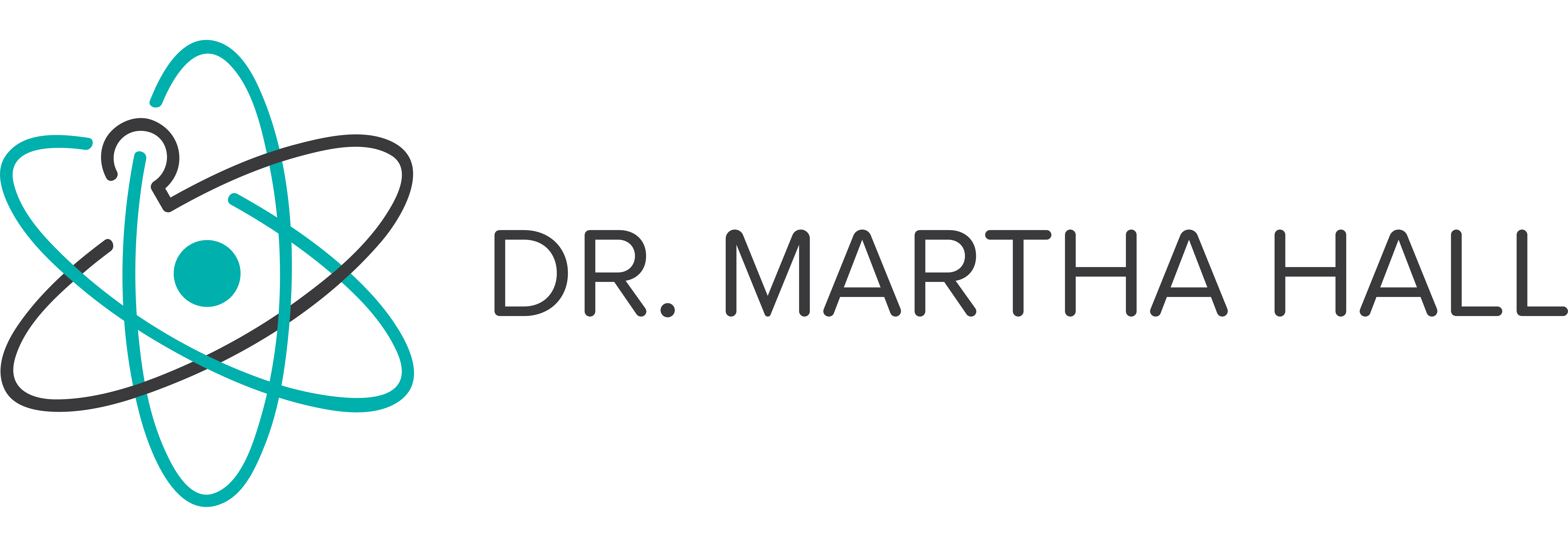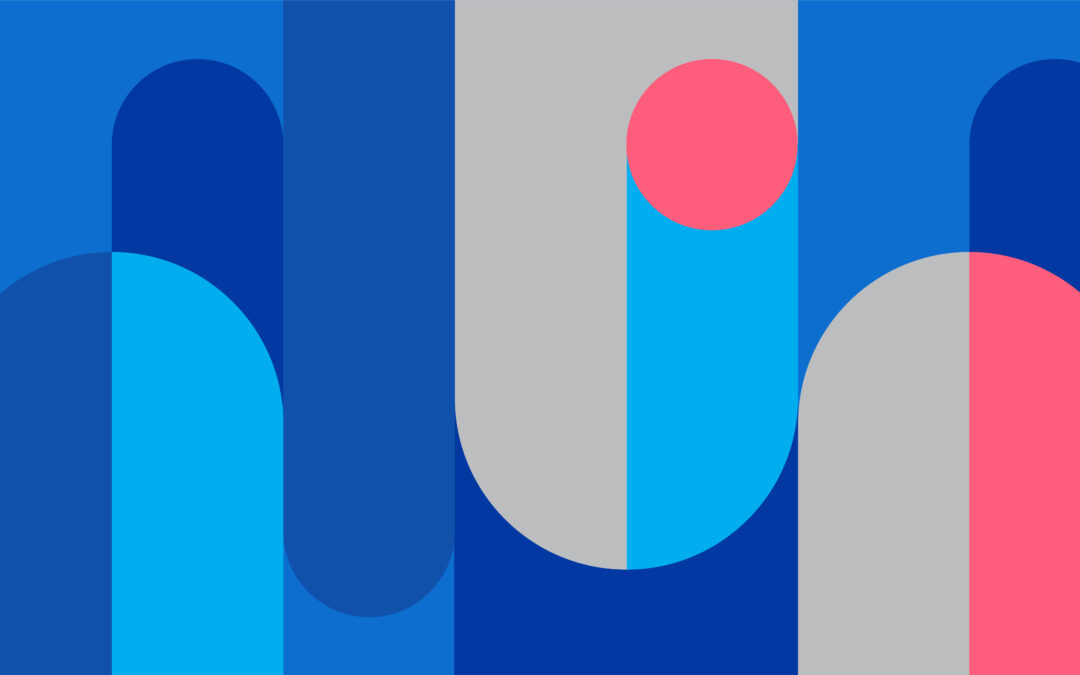Here we are at the last step of my Design Process series! Thanks for sticking with me the whole way through.
By now, our design has been through its paces: we’ve collected our data, defined our problem, let ourselves imagine all the possible ways of fixing it, built and broken down and built again numerous prototypes, and tested the best of them.
The design we’ve chosen is almost ready – all we need to do now is complete our final assessment.
Assessment
Testing, the previous step in the process, and assessment are really two sides of the same coin. In testing, we’re addressing the tangible function, ease of use, and design appeal.
Having confirmed that the design meets those needs, we need to make sure it can survive in the market.
What it Means
The term ‘assessment’ and the word ‘validation’ are used interchangeably to describe this part of the process.
Once a design is validated, we can start finding manufacturers and distributors, marketing it and selling it – but before we do that, we need to make sure that the device meets the needs of the market.
We’ll cover a lot of ground that we’ve already addressed in previous steps, as well as some new territory. It’s essential to be as sure as possible that the product is what it needs to be.
Effectiveness
I start with effectiveness. At this stage, we’ve already honed the product through live testing with our end-user, but we need to take it a step further.
‘Effectiveness’ means that the garment or device does what we need it to do. With all of the data we can gather and all of the resources at our disposal, we need to make as sure as we can that this item effectively solves the problem we identified earlier in the process.
In some ways, this is a no-brainer; of course, your product needs to do what you set out to do. But differentiating between design inspiration and scope drift is difficult for even veteran designers.
Reaffirming that this is really the item that we needed to make is a critical first step.
Safety
Safety comes right after effectiveness because they are really the foundation of any successful design.
We need to ensure that the product is safe for our end-user – it needs not only to manage the problem we’ve set out to solve, but also not create or worsen any other issues.
An example might be an insert for shoes designed to cushion the foot while walking; through poor design and inadequate safety assessment you could end up with a product that seems to solve the problem of foot discomfort but might create a new, related issue, like back pain.
In addition to physical safety, social and psychological safety are also investigated in this phase – the complete spectrum of safety is critical to any design.
Cost
I could sit down with my team and create fantastic devices, using all of the most advanced, obscure, and futuristic materials to do it, but there’s a good chance no one would be able to afford our designs if we did.
Balancing what’s necessary, what’s possible, and what’s cost-effective is sometimes difficult, but always vital, part of design.
If my end users can’t afford my designs, then it doesn’t matter how great they are. If I create something out of reach by those who need it, I am not helping the community.
Aesthetics
Aesthetic appeal is another concept that we return to in the final stage of design. It is crucial for a product to have, at a minimum, a basic sort of appeal. This is one that’s hard to put your finger on, but there is a sense of trustworthiness communicated when a product has that intrinsic appeal we aim for.
When you’ve done it right, there is a quality reflected in the item that the end-user can feel and finds attractive. It’s an important component for me in all the work I produce, not only because I care deeply about my work, but because our end-users deserve to find the things they use appealing.
Value
Value, much like aesthetics, is critical but really difficult to nail down.
It is very meaningful to have a product that feels like it’s of value. Value comes down to perception, but perception is important. We don’t want to create devices that seem superfluous or like a novelty. If I set out to create a solution to a real problem and I end up with what really seems more like a knickknack, I can’t expect the end-user to see it any differently.
Our products need to both be effective and also perceived as valuable.
Time
A mentor of mine really drove this point home to me while I worked and learned under him: the work we do is urgent. He was often disillusioned by the pace that many in our fieldwork. The products we produce are designed to, if we succeed, have a profound impact on the end-user. We are trying to achieve substantial improvements to their lives.
With that in mind, it’s not really acceptable to take ten years to produce a product. There are people who will benefit from the work that we do today, so we need to ensure that there won’t be any delays preventing access.
Legal and Ethical Standards
Nearly all products, especially in the medical field, are subject to a variety of regulations and legal standards. Legally, you must meet those standards to sell your products.
This step is to ensure that our work does meet those standards, but that’s really only a part of the equation.
Many products and industries exist in gray areas and loopholes in the system; regulators construct the rules (usually) for good reasons, but they don’t always succeed in making them airtight. It is possible to sell something that abides by all of the rules but still isn’t ethical. These issues can occur through abuse of the environment, workers, or even the end-users themselves.
My team and I need to be positive that our work doesn’t exist in those gray areas. We make sure that we are only solving problems, not creating them.

Why it Works
Design is cyclical and iterative. That means that we return to previous steps and concepts throughout to make sure we’re getting it right.
A lot of this final assessment covers ground we already addressed in previous steps, which is deliberate. In some respects, we are approaching these concepts from a commercialization angle, but we’re also keeping ourselves consistent and directed towards the same goals.
If we identify a shortcoming in this last stage, we can examine why it is and create a path forward.
Conclusion
I hope you’ve enjoyed the Design Process series. I love being able to share my work and my methods with anyone interested in the hope that it inspires them to create beautiful, functional design with a positive impact on our communities.
Future blog posts will detail all sorts of exciting things my students and I are involved with: new designs, new projects, talks and conferences, and much more. To stay updated, subscribe below.
Thanks for reading!

